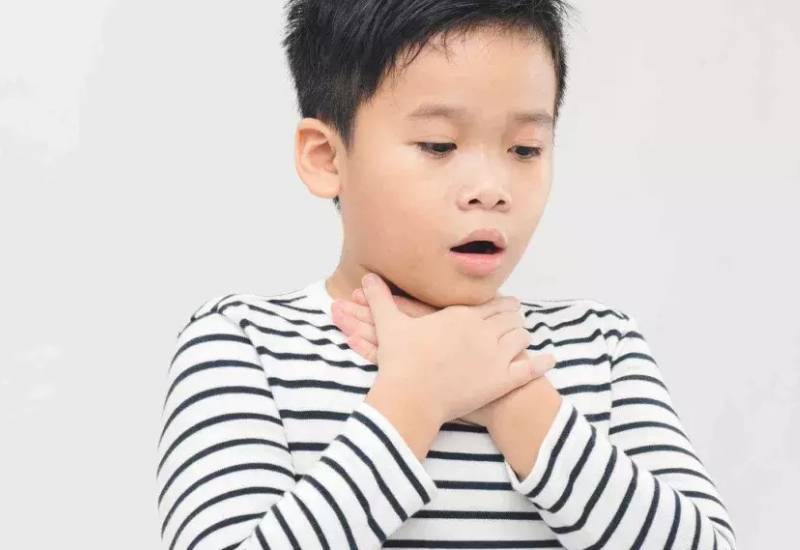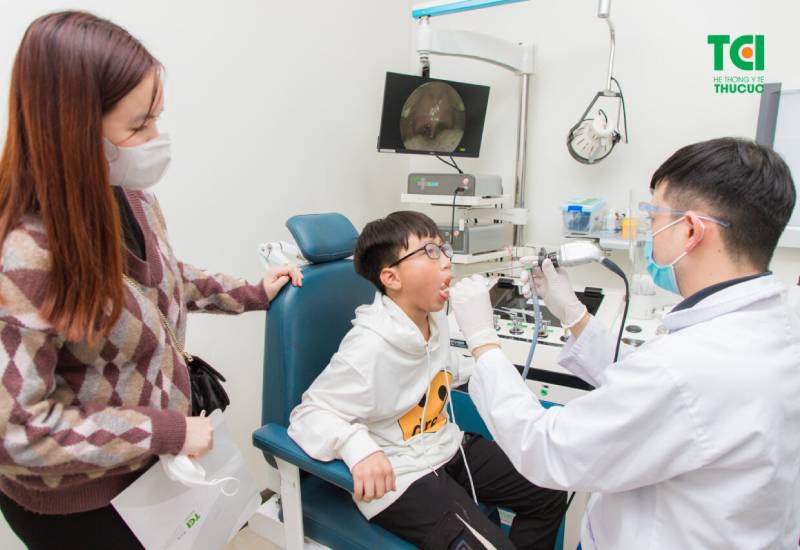Foreign object choking is a common and potentially life-threatening emergency that can occur at any age. Managing a choking incident improperly can lead to serious injuries, complications, and even death. Therefore, it’s essential to understand how to effectively respond to this situation.
1. Understanding Foreign Object Choking
1.1. Definition
Foreign object choking occurs when a foreign item becomes lodged in the airway or digestive tract, obstructing breathing or swallowing. These objects can range from food, small toys, or household items. Choking is especially common in young children and the elderly but can also occur in adults.
Some common examples of foreign objects that may obstruct the airway include:
– Food: Meat, bones, vegetables, fruits
– Small toys: Lego pieces, beads, marbles
– Household items: Batteries, magnets, screws
– Body parts: Teeth, dental crowns, braces
In the digestive tract, common foreign objects might include:
– Food: Meat, bones, fibrous material
– Medications: Pills, capsules
– Metal objects: Coins, batteries, paper clips
– Plastic items: Toy parts, bottle caps

Foreign object swallowed
1.2. Recognizing Foreign Object Choking
The symptoms of foreign object choking can vary depending on the location and size of the object. Common signs include:
– Dry cough or hoarse cough
– Difficulty breathing
– Trouble swallowing
– Excessive drooling
– Vomiting
– Chest pain
– Pale or bluish skin
– Loss of consciousness
In severe cases, victims may experience respiratory arrest or unconsciousness. Immediate first aid is crucial in such situations. Incorrect first aid can complicate the removal of the object, delay proper treatment, and even cause infections or death. Therefore, staying calm and applying the correct procedures is vital.
2. Timely and Proper Management of Foreign Object Choking
The approach to managing choking depends on the age, physical condition, and severity of the obstruction. However, it is important to note that the following methods are temporary measures. Professional medical evaluation and treatment are necessary to ensure safety.
2.1. Self-Management of Foreign Object Choking
If you find yourself choking, try to alert others to your condition. In case of a potential loss of consciousness, those nearby can provide immediate assistance. If you are still conscious and able to speak, attempt to cough forcefully to expel the object and seek medical attention promptly.

Self-administered first aid for choking on a foreign object.
If you are alone and unable to speak, you can perform a self-rescue technique by placing a fist slightly above your navel, gripping it with your other hand, and pushing upward and inward sharply. You can also press your abdomen against a firm surface, such as a chair or table edge, to generate the necessary force.
2.2. Management Based on Age
For Children Under 2 Years Old
For infants, immediate medical attention is always recommended. For older infants, if they can cough or cry strongly, encourage them to continue as this might dislodge the object. Avoid back slaps or chest compressions as they can push the object further down.
If the child cannot cough or cry:
– Place the child face down on your forearm with their head lower than their body.
– Use the heel of your hand to deliver five firm back blows between the shoulder blades.
– If the object is not expelled, turn the child over and perform five chest thrusts by placing two fingers just below the nipple line and pushing upward.
For Children Over 2 Years Old and Adults
If the victim can cough or speak, encourage them to continue coughing to dislodge the object. Avoid slapping their back or applying chest compressions as it could worsen the obstruction.
If the victim is unable to cough or speak, perform the Heimlich maneuver:
– Stand behind the victim and wrap your arms around their waist.
– Place a fist just above their navel.
– Grasp your fist with your other hand and press forcefully upward and inward.
– Repeat until the object is expelled or the victim can breathe and speak again.
2.3. Management Based on Object Location
For airway obstructions, follow the procedures described above. For objects lodged in the digestive tract, drinking plenty of water and trying to swallow can help push the object into the stomach. If the object cannot be swallowed or if severe symptoms like abdominal pain, nausea, or vomiting occur, seek medical help immediately.

Visit a doctor to appropriately assess the foreign object obstruction.
3. General Precautions
In cases of foreign object choking:
– Call emergency services if the victim loses consciousness.
– Early and correct first aid is essential while waiting for professional help.
– Do not give the victim anything to eat or drink until the object is completely removed.
– Even if symptoms improve, a medical check-up is necessary to ensure no complications remain.
To prevent foreign object choking:
– Supervise young children, especially around small objects like toys or hard candies.
– Remove bones from food before eating.
– Cut food into small pieces for the elderly and children.
– Avoid distractions while eating, such as talking, laughing, or working.
– Refrain from eating hard foods or bones when not fully alert (e.g., after drinking alcohol or surgery).
Knowing how to properly manage foreign object choking is crucial for timely and effective intervention. Always seek medical evaluation to prevent complications from lingering foreign objects.








